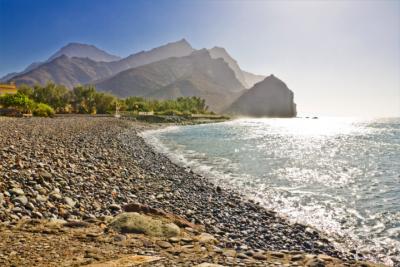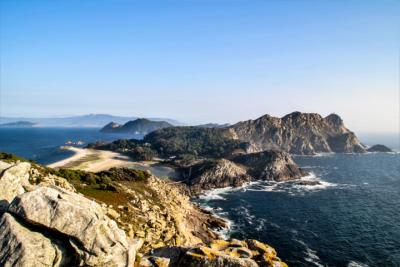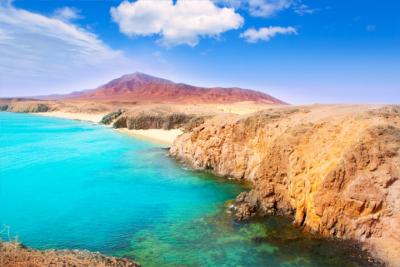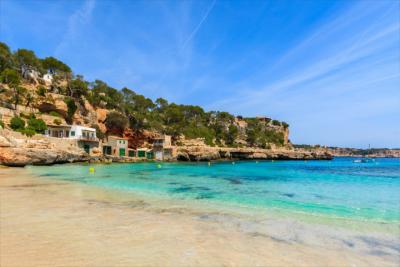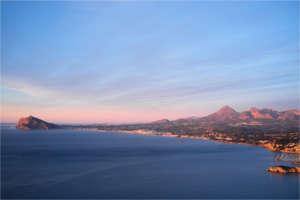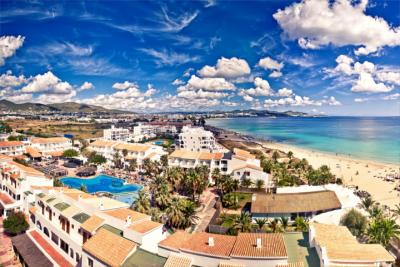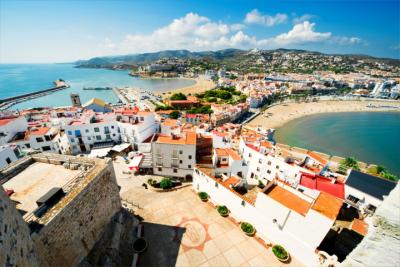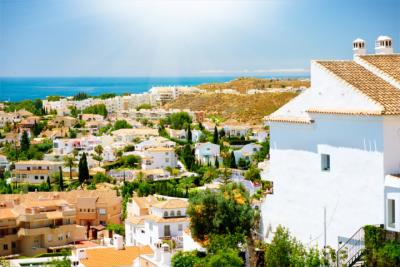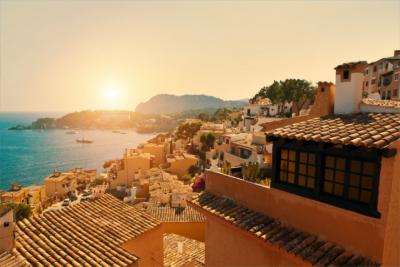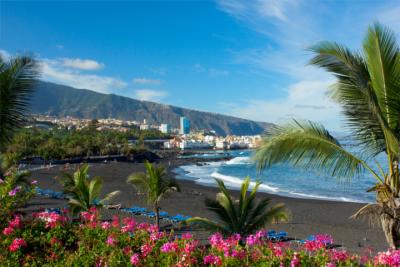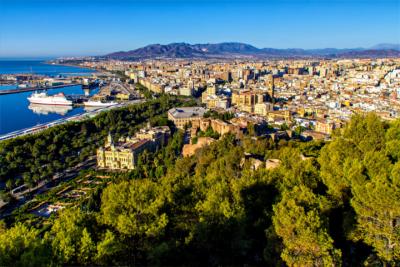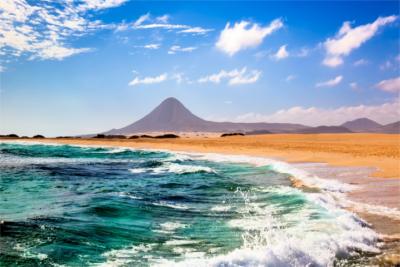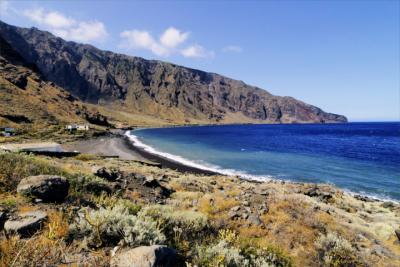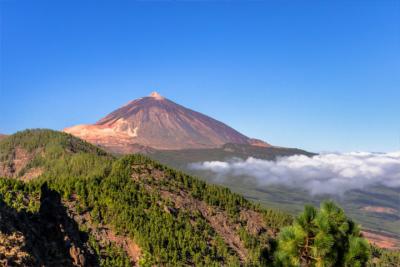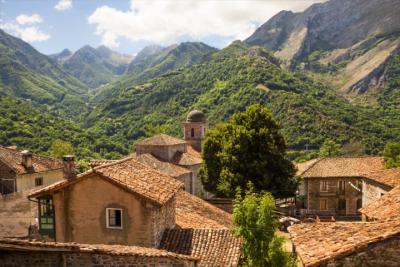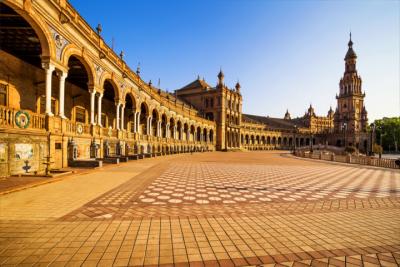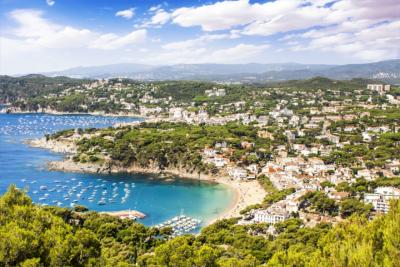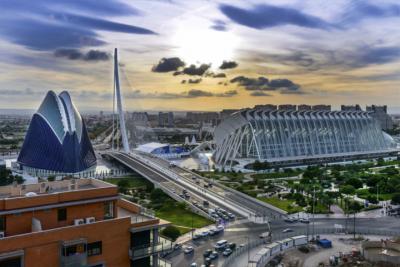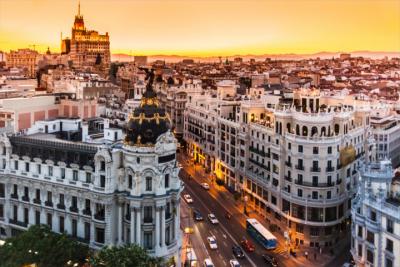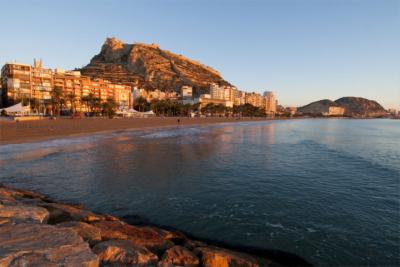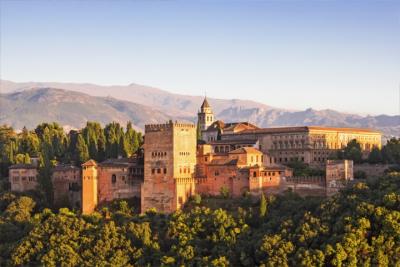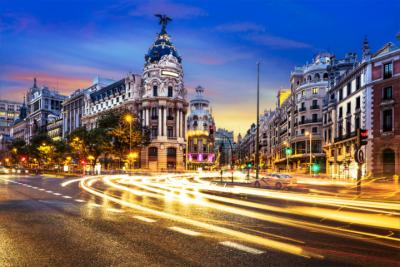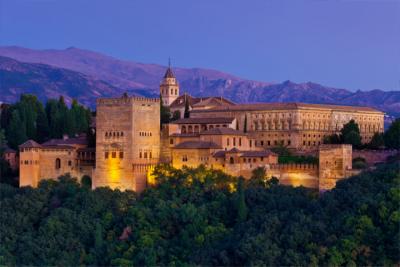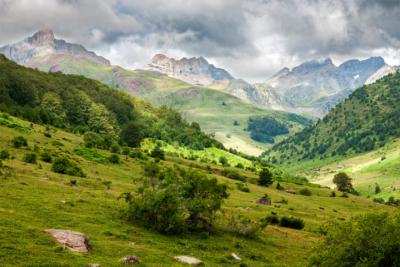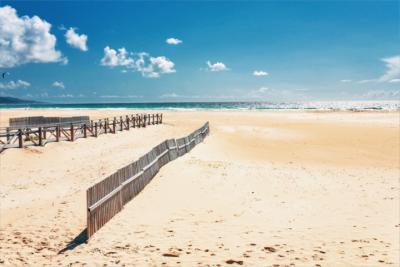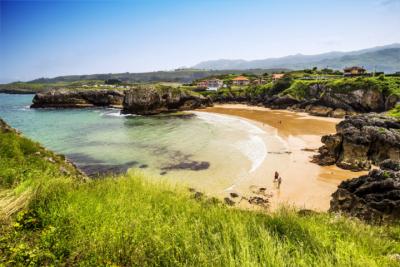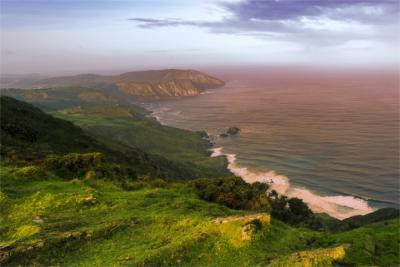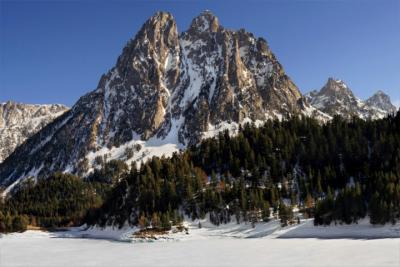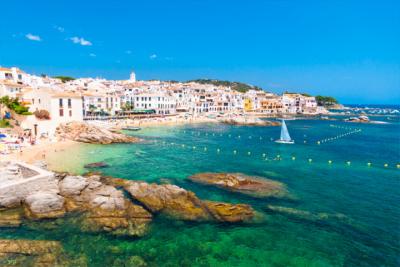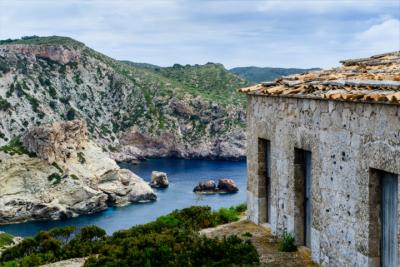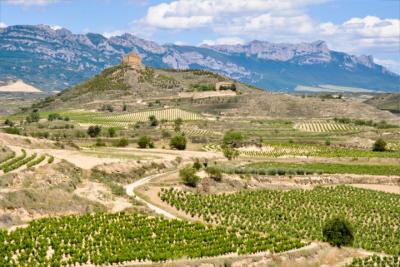Travel Offers
Travelmyne Featureprint
Distance
Pyrenees (Spain) - A Wall of Granite and Chalk
The Pyrenees are a unique natural spectacle of breathtaking mountain peaks, crystal clear waters, scenic valleys and impressive gorges. This mountain range does not only allure adventurers but also travellers who are looking for relaxation in a rural atmosphere.
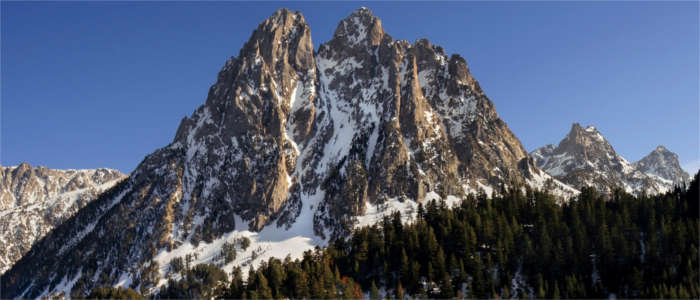
Geography - The natural border to France
The Pyrenees in Spain constitute a natural border to France. They extend over an area of almost 450 kilometres from the Atlantic coast to the Mediterranean Sea to the Spanish communities Navarre, Aragon and Catalonia. The mountain range mainly consists of limestone in the west and of granite in the centre. Its highest mountain is the Pico d' Aneto with a height of 3,404 metres in the Maladetta Massif in the province Huesca (Aragon). The Pyrenees are dominated by Mediterranean climate and have over 200 peaks which are over 3,000 metres high.
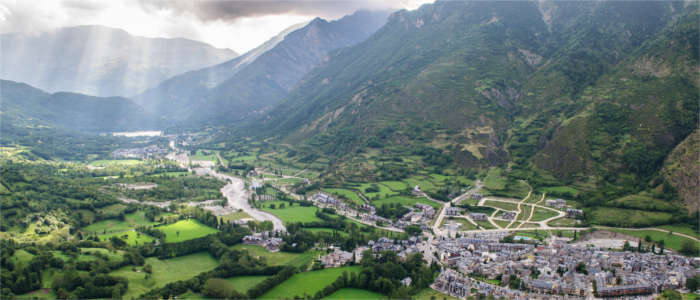
Nature - Crystal clear waters, thick forests, deep gorges and impressive rock formations
The nature of the Pyrenees with their crystal clear waters, thick forests, deep gorges, scenic valleys and impressive mountain peaks fascinates thousands of visitors every year. Their centre is not only constituted by the highest mountain Pico d' Aneto but also by the peaks Las Tres Sorores in the massif Monte Perdido (3,355 m), from which you can look into the valleys of Ordesa, Pineta, Añisclo and Escuaín. Due to the sparse population and the remoteness of the Pyrenees, a unique European fauna survived here. You find chamois, mouflons, vultures and eagles in the higher regions. Bearded and griffon vultures as well as golden eagles, for example, breed in the Pyrenees. Brown bears have also been spotted in this region. A particularly special animal, which lives at and in the waters of the mountain range, is the Pyrenean desman. It belongs to the family of the moles and is endangered because of the increasing water pollution. Means of protecting the rare animal species of the Pyrenees are several nature and national parks on the Spanish side of the mountain range. One of the two national parks is the Ordesa y Monte Perdido in Aragon, which was named after the mountain Monte Perdio and is part of the World Natural Heritage of the UNESCO. The other one is the Aigüestortes i Estany di Sant Maurici National Park in Catalonia. This protected natural space has an area of over 40,000 hectares and accommodates more than 80 crystal clear lakes, rivers and waterfalls as well as mountain peaks with an altitude difference of 1,000 to 3,000 metres.
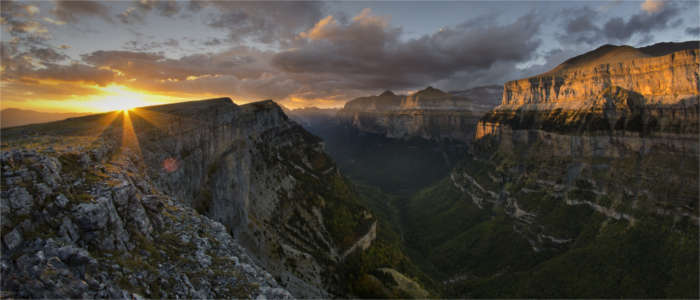
Culture - Romanesque churches in a rural atmosphere
Until the 8th century the Spanish side of the Pyrenees was mainly used as a crossing between Spain and France and not as a settlement. From 711 on, many inhabitants fled from the plains into the mountains during the conquest of the Moors. In the following years, the mountain valleys became more easily accessible and the high plains became more fertile. Feudal landowners won great treasures in their fight against the Moors and built many Romanesque churches. The Vall de Boí in particular is famous for its abundance of sacred buildings in Romanesque style, which accommodate unique art treasures. In 2000 the whole valley became part of the UNESCO World Cultural Heritage. Many inhabitants did not return to the plains after the rule of the Moors because they did not want to abandon the arduously cultivated areas. Moreover, the remote mountain regions were involved in the disputes of great powers. The region's rural culture has been preserved to the present day and lives on agriculture on the one hand and on the increasing tourism on the other.
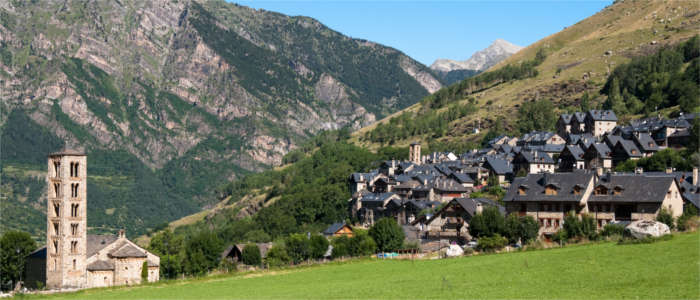
Experience - Spicy sauces and braised meat
Many dishes are prepared with the sauce chilindrón in the Spanish Pyrenees. A typical dish is the pollo al chilindrón (braised chicken). The region's cuisine generally contains many braised dishes, which are often served with fresh peppers and tomatoes.
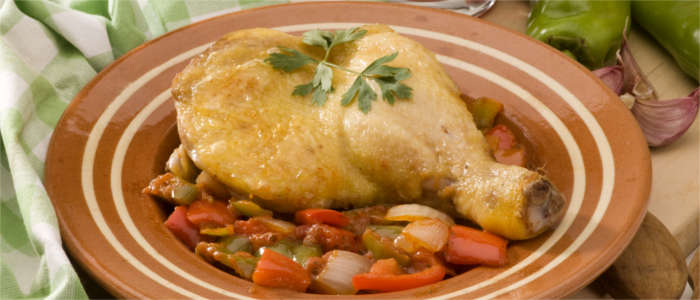
Activities - Active holidays in a breathtaking mountain landscape
The Pyrenees are a paradise for active holidays in the magnificent nature of the mountains. Especially hikers, mountain bikers, climbers and canoeists get their money's worth on a visit to the massif. There are numerous hiking trails with different levels of difficulty in the Spanish mountain range as well as several rivers on which you can go canyoning, rafting, wild water rafting and canoeing. Adventurers also have the opportunity to go climbing, mountaineering, caving, paragliding or hang-gliding and much more. Furthermore, the Pyrenees are a winter sports oasis. The region contains countless skiing areas with pistes for both beginners and advanced winter sportspeople. In addition to the active leisure activities, visitors can relax in the many spas and resorts of the Spanish Pyrenees. One example is the Aragonian town Benasque.
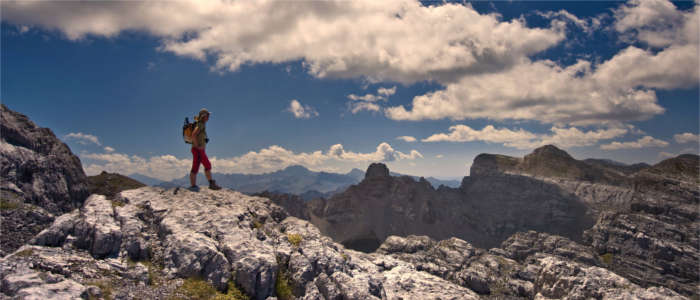
Information
The best time for travelling the Spanish Pyrenees depends on the activities you are planning. Visitors who want to hike in the higher regions of the mountain range and climb its peaks are advised to go in summer. There is a good chance that even the high regions are free from snow in July and August. Autumn is the best season for hiking tours in the flat areas of the mountains. At that time the summer heat has died down and there will be pleasant temperatures around 20 °C. Winter sports can be practised in the Pyrenean glaciers throughout the year. Other skiing areas are usually opened from December to April.
The Spanish Pyrenees offer a great variety of opportunities for active and natural holidays. Travellers can admire the wonderful landscape of the mountain range on hiking, canoeing, climbing or cycling tours.



